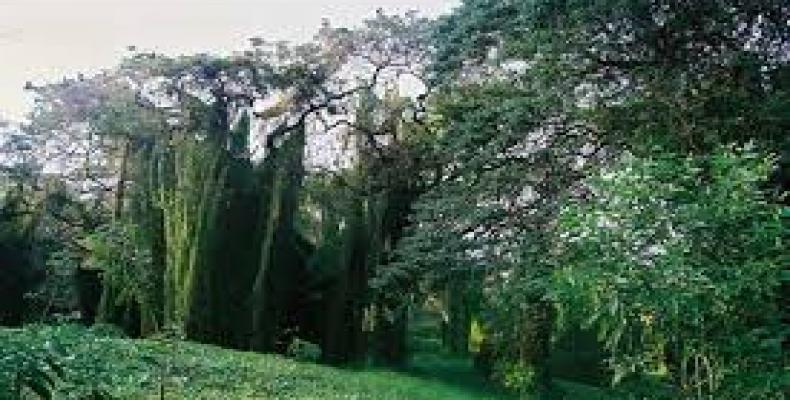Havana, February 12 (RHC-EFE) -– Some 20 percent of Cuba’s land and waters are in conservation areas, making the island one of the most protected places in Latin America in terms of biodiversity.
“Cuba has 211 identified protected areas, including those on the insular shelf up to 200 meters (656 feet) deep underwater,” the AIN news agency reported, citing data from the National Center for Protected Areas. Cuban experts expect these areas to increase, as well as more involved management of areas already registered, AIN said.
Currently, 120 of 211 protected and registered areas are staffed by management teams working on conservation, monitoring and natural resources management. “The number of Cuban protected areas is considerable if compared with other Latin American and Caribbean countries, and agencies and institutions participate in their management,” AIN said.
Outstanding among Cuba’s protected areas is Rosario Ridge, in the western province of Artemisa, which became the island’s first biosphere reserve in 1985.
Other important natural areas are the Guanahacabibes peninsula in the western province of Pinar del Rio; the Zapata wetlands in the western province of Matanzas; the Toa Hills in the eastern region of Guantanamo-Holguin; and Baconao, located in the eastern province of Santiago de Cuba.
Protected Areas Cover 20% of Cuba's Land and Waters

Artículos Relacionados
Comentarios
Deja un comentario
Todos los campos son requeridosMás Vistas
- Presidente cubano ratificó su apoyo solidario a mandataria mexicana
- Sheinbaum: Corte de EE.UU. podría fallar a favor de México en demanda por tráfico de armas (+Foto)
- Producción de harina de trigo se estabiliza en molinos cubanos (+Video)
- Firman en Cambodia acuerdo para impulsar producción de arroz en Cuba
- Aplican novedosa tecnología para secar tabacos en finca cienfueguera El Porvenir (+Foto y audio)

